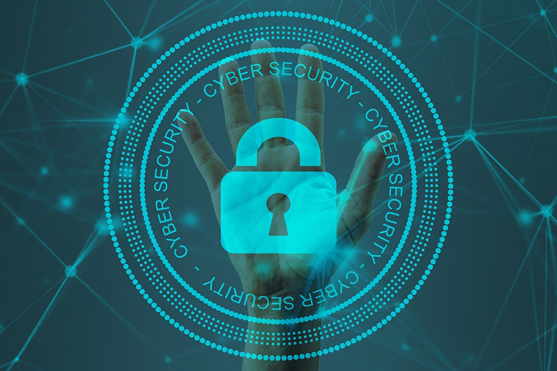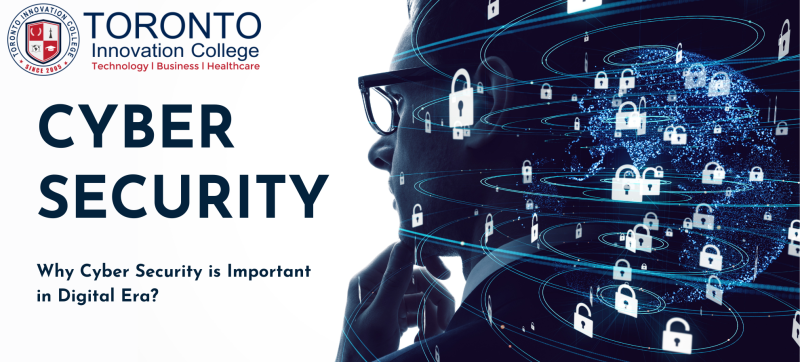Introduction
In today’s digital age, cybersecurity has become more important than ever. With an expanding number of devices and a steady evolution of cyber threats, securing systems, networks, and programs from digital attacks is critical. Cybersecurity entails putting in place effective safeguards to protect sensitive information, prevent financial extortion, and guarantee that business operations run smoothly. This article examines several facets of cybersecurity and provides insights into its importance, threat types, and critical components.
What is Cybersecurity?
At its foundation, cybersecurity is the process of fighting against digital attacks aimed at accessing, altering, or destroying critical information, extorting money through ransomware, or disrupting regular corporate activities. It includes a variety of methods, technologies, and processes aimed at protecting systems from hostile activity.
Challenges of Cybersecurity
Implementing effective cybersecurity measures in today’s landscape is especially difficult due to the proliferation of gadgets and the increasing ingenuity of attackers. With more devices connecting to networks than ever before, the potential attack surface has grown tremendously, necessitating strong defenses to resist new threats.
The Three Pillars of Cybersecurity
A successful cybersecurity approach relies on three key pillars: people, processes, and technology. These pillars work in harmony to create a comprehensive defense against cyber-attacks.
- People
Users play an important part in ensuring cybersecurity by learning and adhering to fundamental data security standards. This includes using secure passwords, being cautious of email attachments, and routinely backing up data. Educating individuals on cybersecurity best practices is critical for establishing a solid line of defense.
- Processes
Organizations must have thorough procedures for dealing with both attempted and successful cyberattacks. These frameworks direct the identification, protection, detection, reaction, and recovery from threats. A reputable framework, such as the NIST Cybersecurity Framework, can provide an organized approach to cybersecurity.
- Technology
Technology is the foundation of cybersecurity, providing organizations and individuals with means to defend themselves against cyber threats. It focuses on three key entities: endpoint devices (computers, smart gadgets, routers), networks, and the cloud. Fortifying these entities requires the use of technologies such as next-generation firewalls, DNS filtering, malware protection, antivirus software, and email security solutions.
The Importance of Cybersecurity
Cybersecurity is crucial in today’s linked world. It benefits individuals, organizations, and society at large.
Individual Impact
At the individual level, a cybersecurity attack might result in identity theft, extortion attempts, or the loss of sensitive personal information. Protecting personal information and following cybersecurity best practices ensures that individuals remain safe in the digital sphere.
Organizational Impact
Critical infrastructure, such as power plants, hospitals, and financial service providers, rely on strong cybersecurity to function properly. Securing these organizations is critical to preserving societal stability and avoiding significant disturbance.
Cyberthreat Research
The work of cyber threat researchers is critical in protecting the internet. Talos, a team of 250 threat researchers, looks into emerging threats and assault techniques. Their findings aid in the identification of vulnerabilities, education of the general public about cybersecurity, and the strengthening of open-source tools, all of which contribute to a safer internet.
Types of Cybersecurity Threats
Understanding the many sorts of cybersecurity threats is critical to establishing successful defense tactics. The most common dangers include the following:
Phishing
Phishing is a common cyber assault strategy that involves sending false emails that look to come from legitimate sources. The idea is to deceive the receivers into disclosing sensitive information like credit card details or login credentials. Educating people about phishing and adopting technical solutions to filter malicious emails are critical to reducing this problem.
Social Engineering
Adversaries employ social engineering to influence people into disclosing personal information or making monetary payments. It can be paired with other threats to boost the chances of a successful strike. Recognizing social engineering strategies and having a healthy skepticism are critical for mitigating this threat.
Ransomware
Ransomware is a sort of malicious software that prevents access to data or computer systems unless a ransom is paid. However, there is no guarantee that paying the ransom would result in data recovery or system repair. Employing strong ransomware defense solutions is critical for preventing and limiting the effects of such attacks.
Malware
Malware is software that is intended to gain unauthorized access or cause damage to a computer system. It takes different forms, including viruses, worms, and Trojans. Malware protection technologies and secure endpoint practices are crucial for mitigating this danger.

Cybersecurity Job Training and Resources
With the increased demand for cybersecurity specialists, obtaining the essential skills and certifications is critical to a successful career in the sector. The following resources can help persons build expertise:
Cybersecurity Certifications
Obtaining industry-recognized certificates such as Certified Information Systems Security Professional (CISSP), Certified Ethical Hacker (CEH), and Certified Information Security Manager (CISM) can boost one’s cybersecurity credentials and lead to lucrative jobs.
Cybersecurity Training
Many training programs and courses are available to assist people build and improve their cybersecurity skills. These training efforts address a variety of cybersecurity topics, including network security, ethical hacking, and incident response.
Cisco Security Jobs
Cisco provides a variety of cybersecurity career opportunities for professionals eager to make a difference in their sector. These positions allow you to work with cutting-edge technologies and contribute to the creation of novel cybersecurity solutions.
Conclusion
Cybersecurity is a crucial practice that protects systems, networks, and programs from digital threats. It necessitates a multi-layered strategy that includes people, procedures, and technology. Individuals and businesses must understand the importance of cybersecurity, the various types of threats, and the available cybersecurity training options. Prioritizing cybersecurity allows us to create a safer digital environment for everyone.

